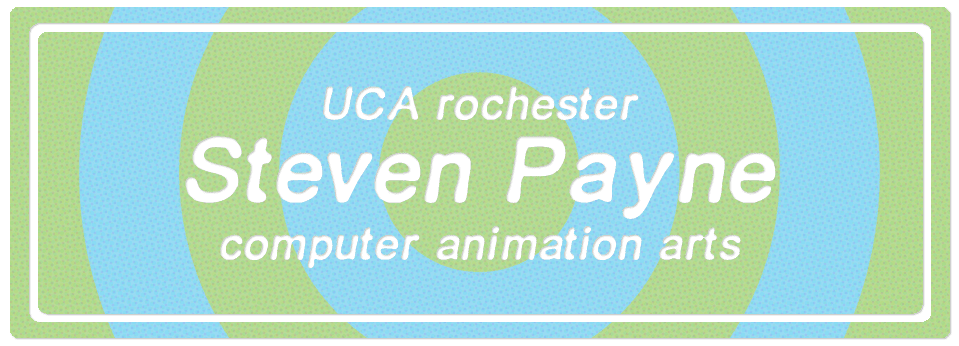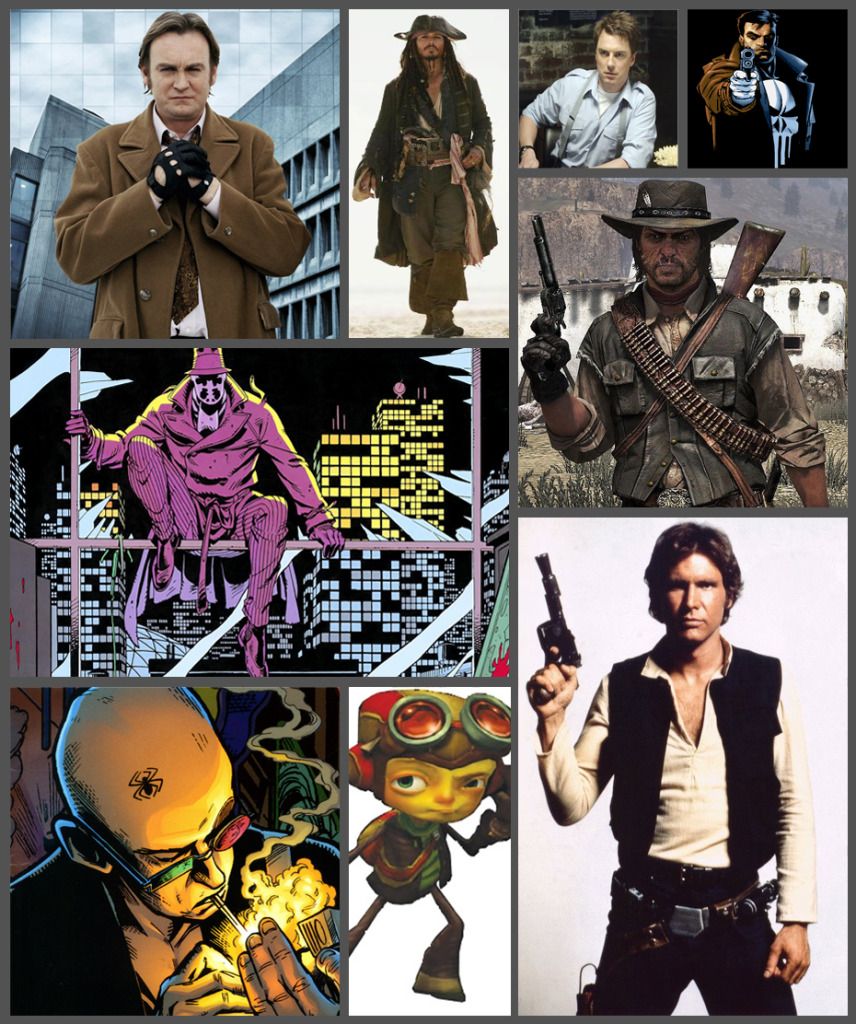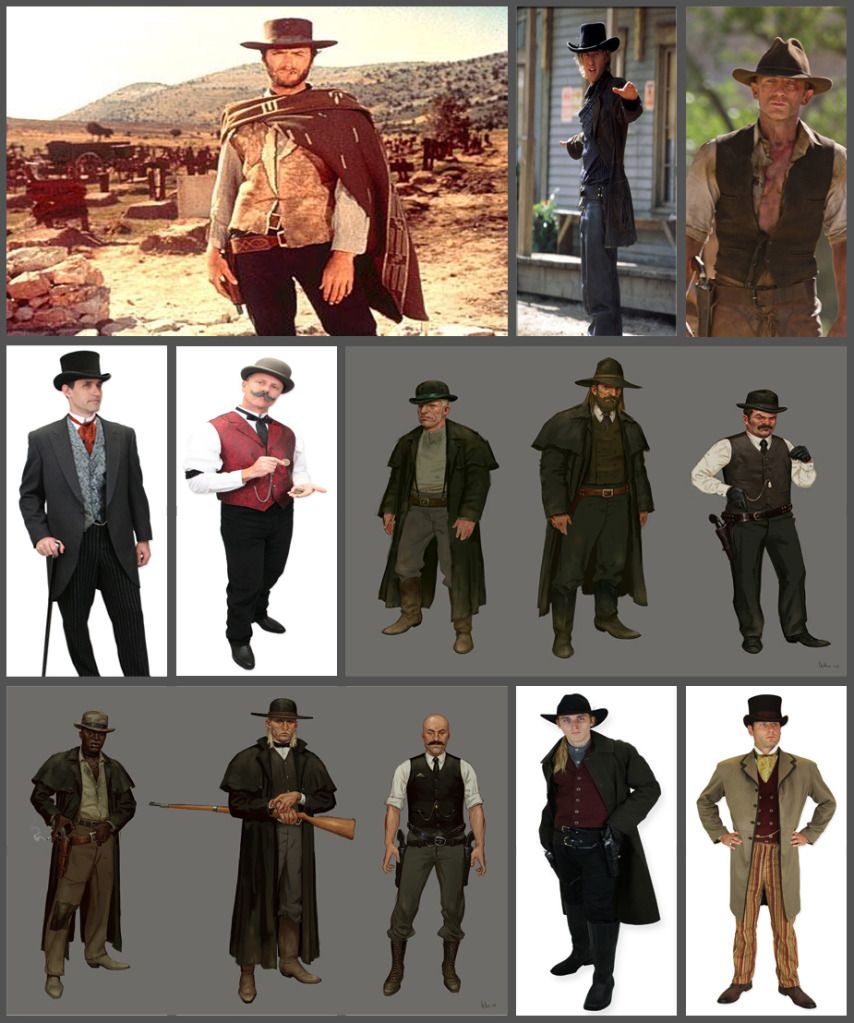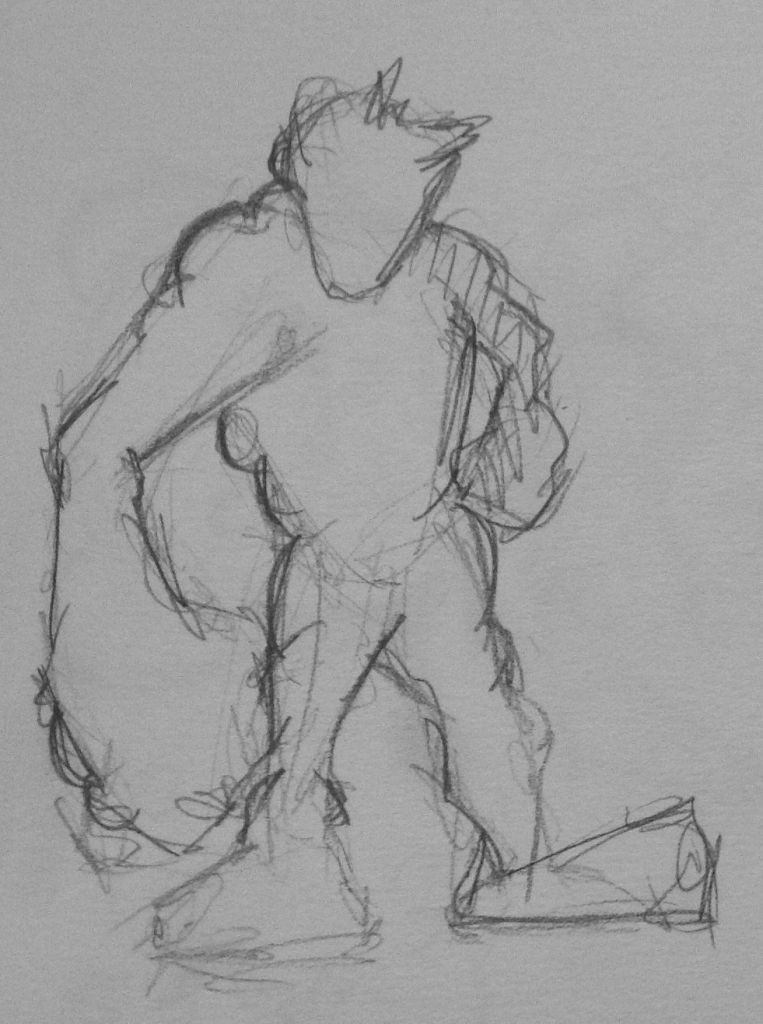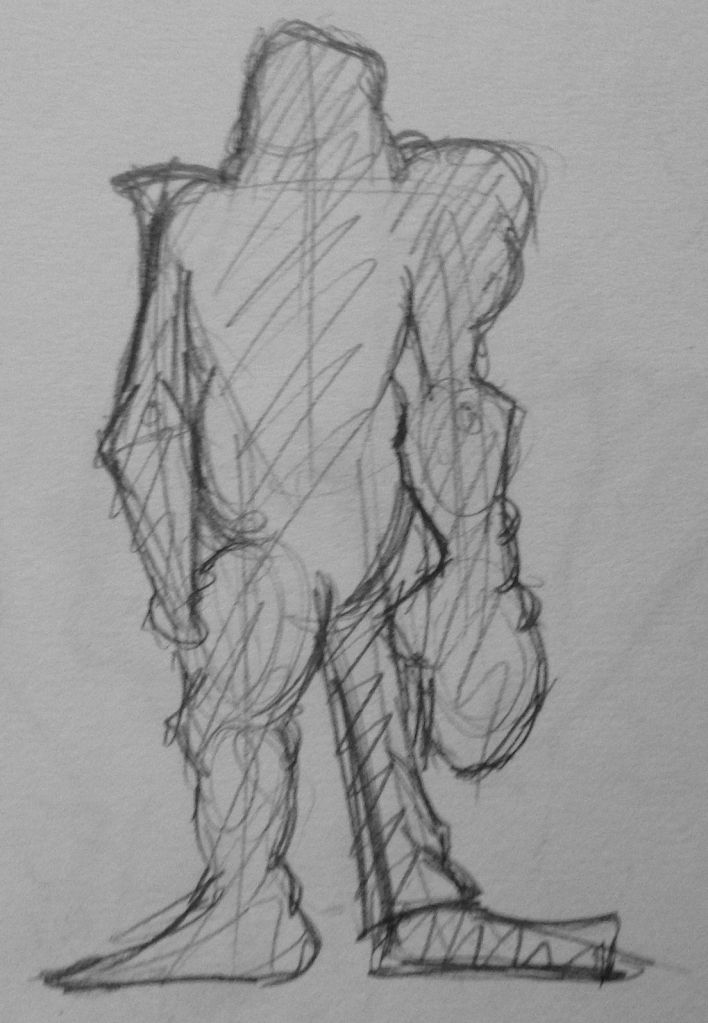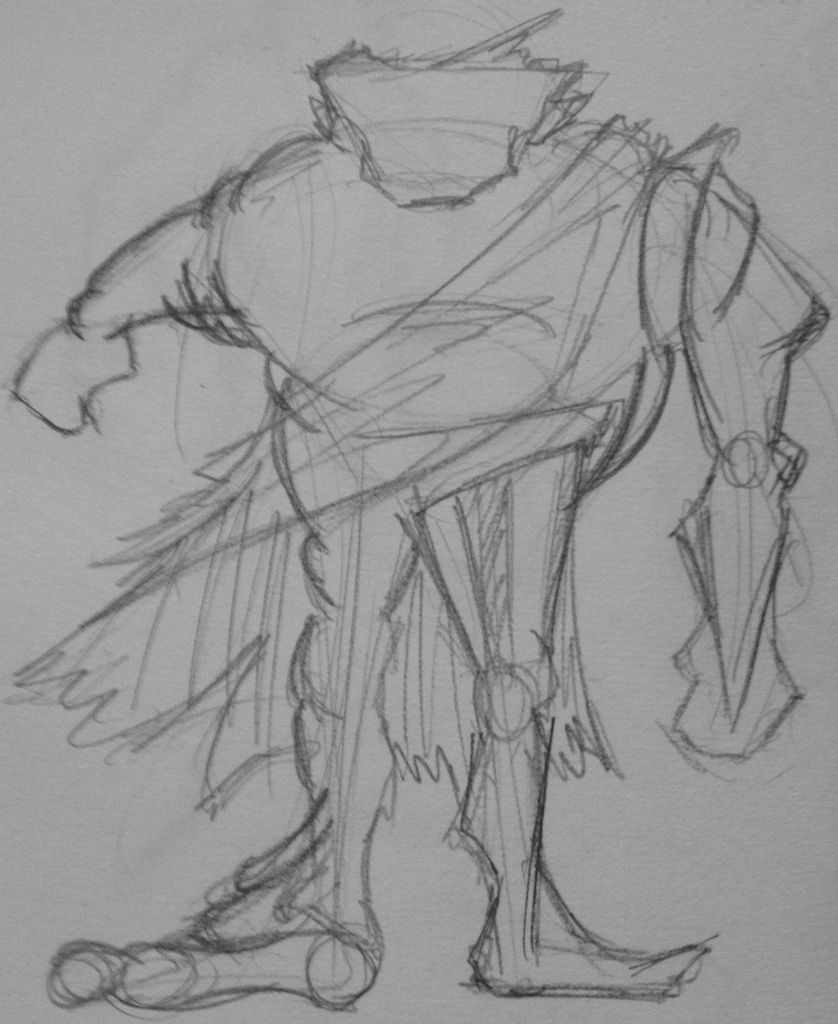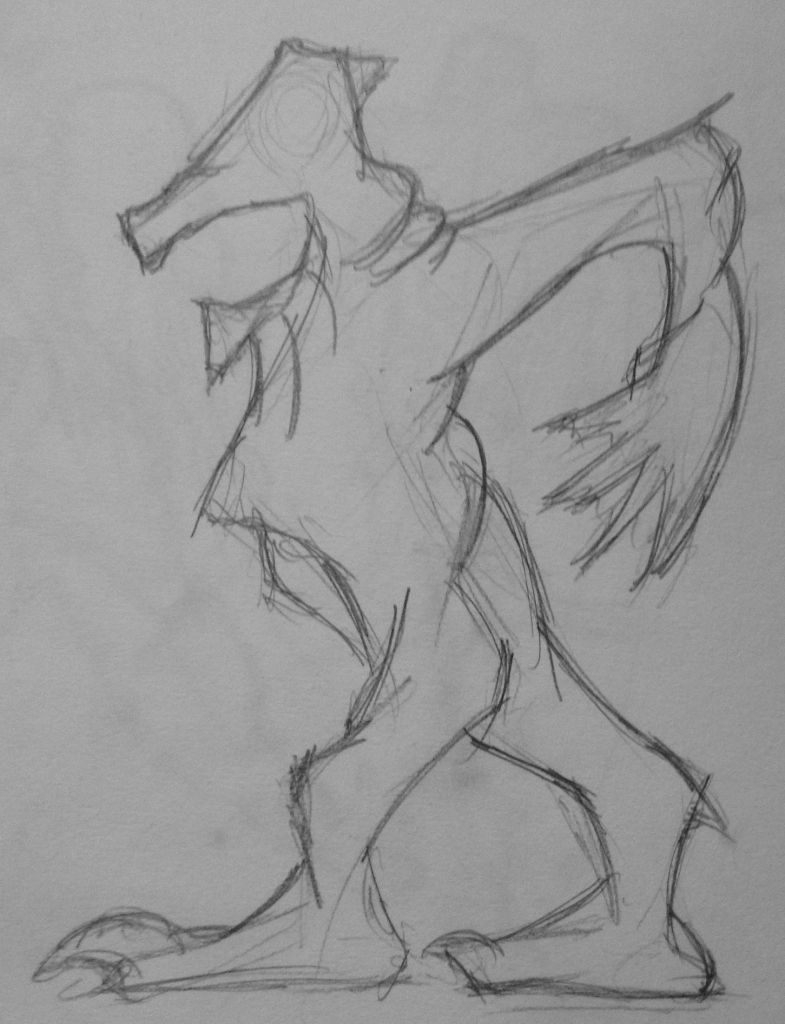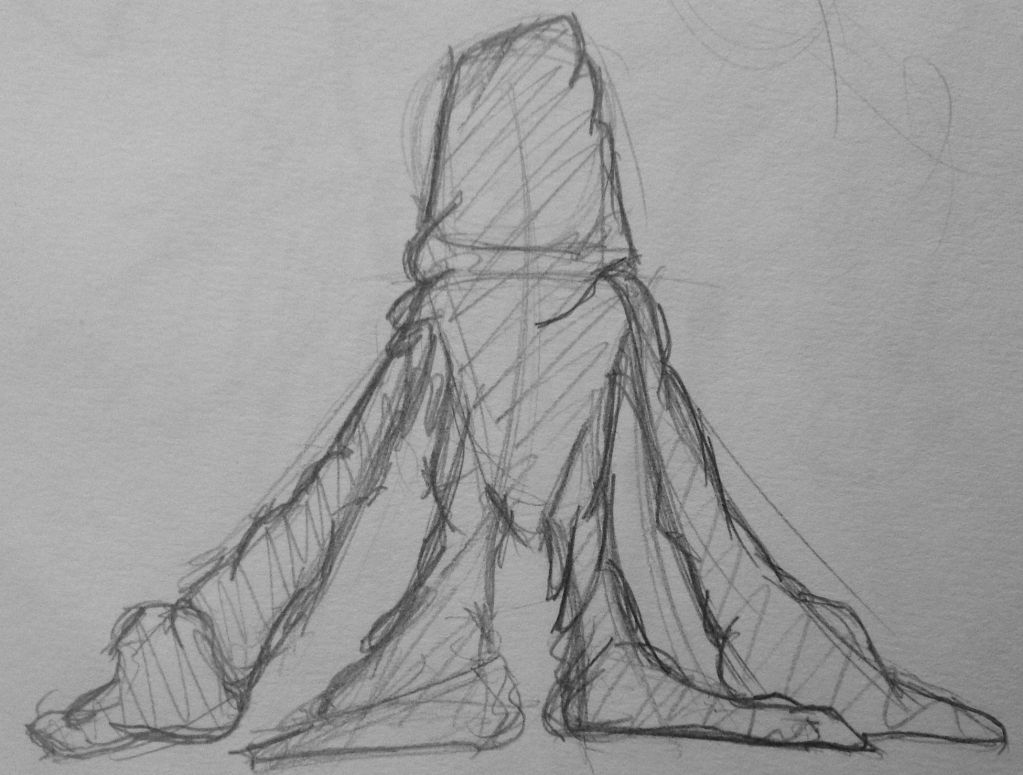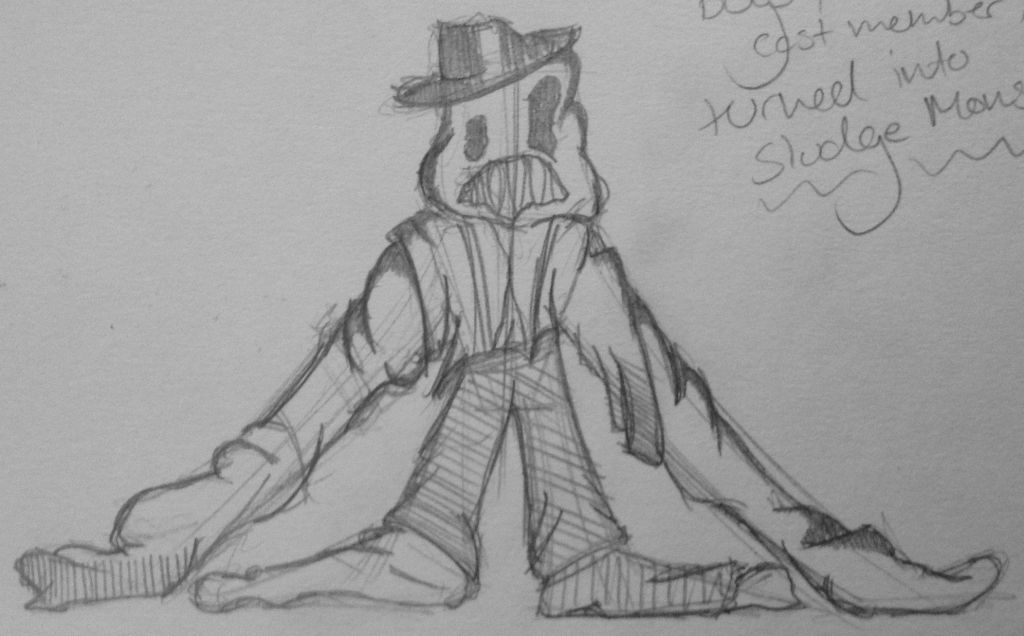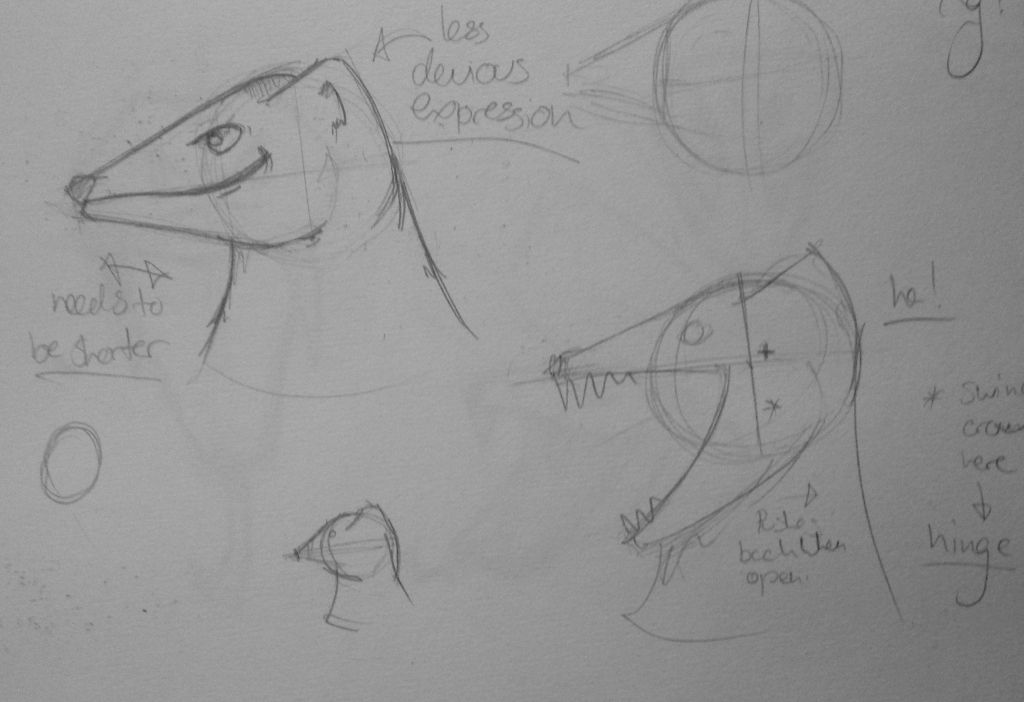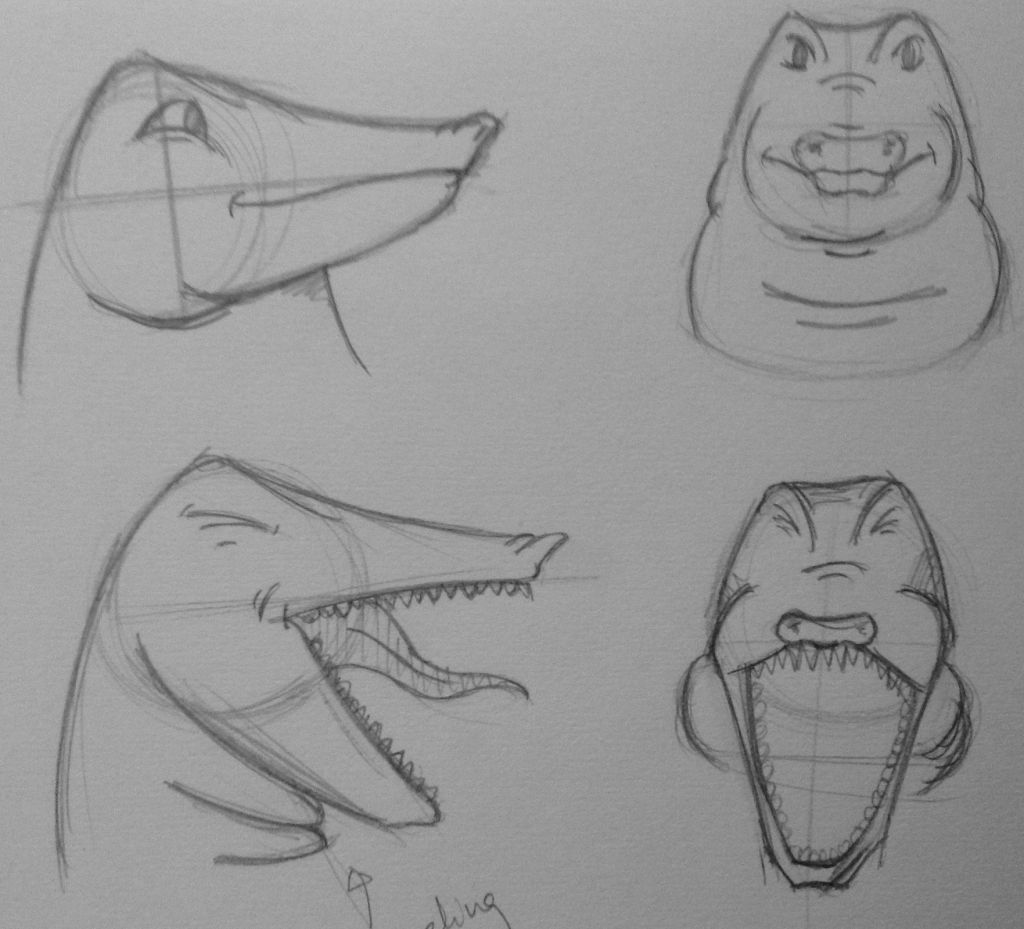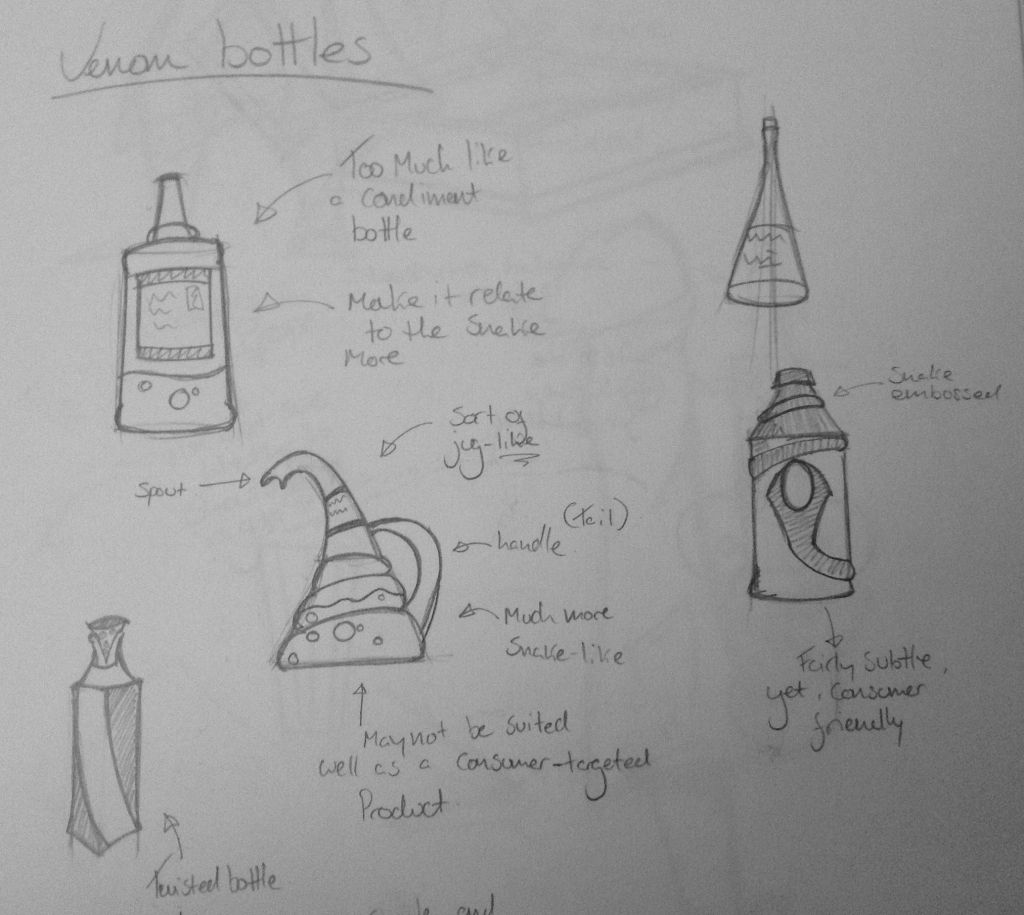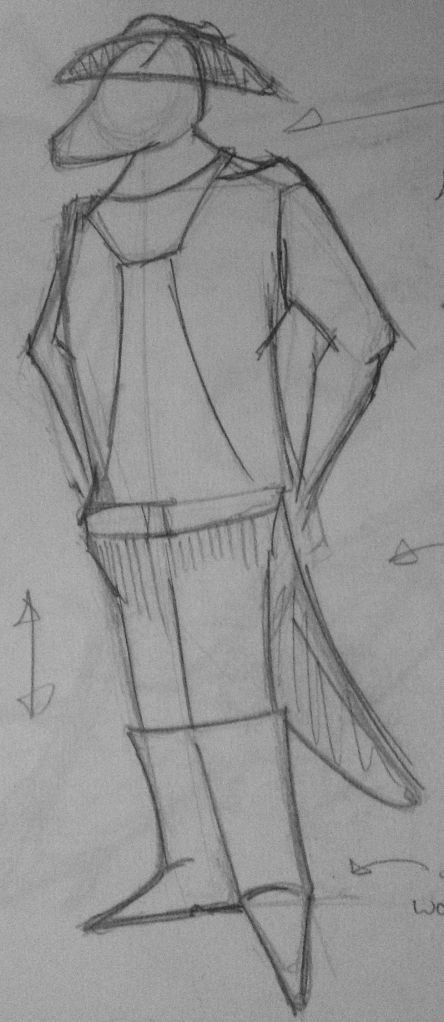This essay will be investigating the relationship between Postmodern theories of Hyperreality in relation to Sigmund Frued's theory of 'The Uncanny', in order to determine whether The Uncanny can be considered an element of Postmodernism. Making reference to the works of Jean Baudrillard, Umberto Eco and Sigmund Freud, the essay will begin by investigating and determining the common traits of both Hyperreality and The Uncanny, with the aim of developing a general definition and overview of each term. Using the information gathered, the investigation will continue by analysing and examining various examples of visual culture, including the work of artist Duane Hanson and Anatomist Gunther Von Hagens. The examples will be disected and their structure deconstructed in order to discover which of their elements make them fall into either categories of Hyperreality or The Uncanny. The essay will conclude by summarising any similarities found between the theories within these examples, and ultimately, determine whether the Uncanny can be considered a viable element of Postmodern thinking.
Main Body Structure
Paragraph One
- Introduce the two theories of Hyperreality and the Uncanny
Paragraphs Two/Three
- Begin by looking at generally accepted definitions of the terms
- Explain that, by general definition, the two are connected by a single common trait
- Hyperreality "distorts the reality it purports to depict, but which nonetheless comes to constitute reality"
- Uncanny "beyond the ordinary or normal"
- Common trait More Real than Real
Paragraphs Four/Five
- Elaborate on these basic general definitions by investigating the specific structure behind these theories (Refer to Freud's The Uncanny, Baudrillard's Simulation and Simulacra, Eco's Faith in Fakes)
- Use newly discovered information to reinforce the connection between these points
Paragraphs Six/Seven
- Begin to analyse examples of hyperreal art, explaining the ways in which they are hyperreal and display the connection between these traits and the Uncanny (using information found in the previous paragraphs)
- Duane Hanson Uncanny Realities. Hyperreal perception of human existence, Uncanny because they are distinctly unreal (a fairly general example of the Uncanny in visual culture)
Paragraphs Eight/Nine
- Gunther Von Hagen's Bodyworlds
- Visually Hyperreal, presenting a depiction of the human form that is uncomfortably real, much like a mannequin, ("Even in the current century the elaborate displays of plastinated corpses by Gunther Von Hagens play on this tradition, with the alchemy of plastination (injecting corpses with a polymer resin to transform flesh into wax) enhancing the aura of lifelikeness in the figures.") Mayhew: 2006
- Explain that, unlike depicting a false world as if it were real (Hyperreal), they depict a real world as fake (mannequin/statue), going against the conventions of Hyperreality and thus making it Uncanny
- A reversal of Hyperreal conventions
